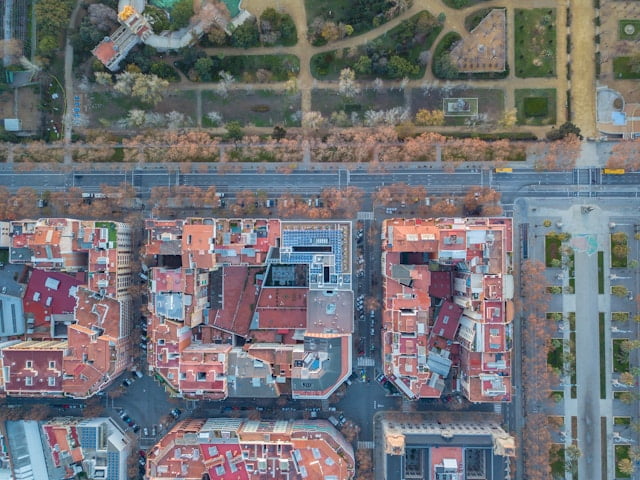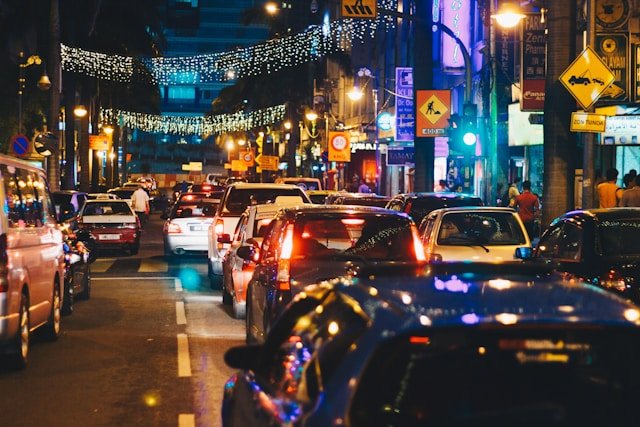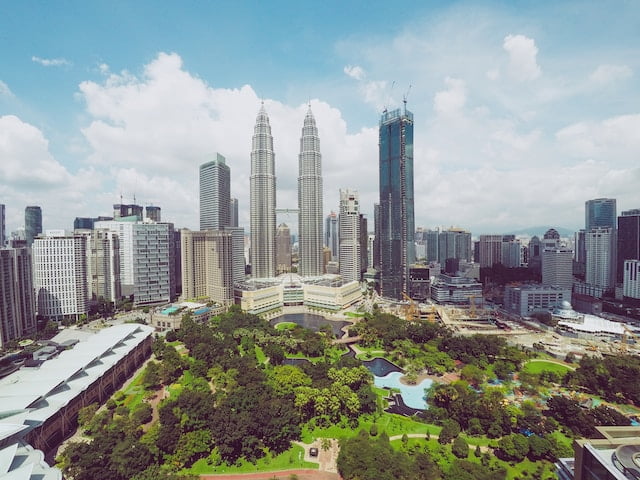City Planning in Malaysia: Enhancing Urban Livability and Sustainability
City planning plays an important role in shaping the physical, social, and economic landscape of urban areas. Malaysia is a rapidly developing nation. City planning is extremely crucial in ensuring sustainable growth, efficient resource utilization, and improved quality of life for its citizens. In this article, we will explore the concept of city planning within the Malaysian context. We will examine its objectives, challenges, and the strategies employed to create livable cities.
Understanding City Planning
City planning is an approach aimed at organizing, developing, and managing urban spaces to meet the needs of current and future generations. In Malaysia, city planning involves the formulation and implementation of policies and projects to address various aspects of urban development. City planning often involves aspects such as infrastructure provision, land use management, housing, transportation, environmental sustainability, and socio-economic equity.

Objectives of City Planning in Malaysia
City planning in Malaysia is associated with the nation’s goals of sustainable development and equitable prosperity. With rapid urbanization sweeping across the country, the primary objective of city planning is to ensure that this growth is managed in a sustainable manner. This involves striking a balance between economic advancement and environmental preservation. We need to remember that the long-term prosperity of urban areas always hinges on their ability to minimize ecological footprints and preserve natural resources. By adhering to sustainable development principles, city planners aim to create cities that not only thrive economically but also prioritize environmental stewardship and social equity.
Furthermore, another objective of city planning is to enhance the livability of urban environments. City planners want to foster communities where residents can enjoy a high quality of life. This entails the provision of essential infrastructure and services, such as reliable transportation networks, affordable housing options, green spaces, and recreational facilities. By promoting accessible and inclusive urban spaces, city planners seek to cultivate environments where people of diverse backgrounds can thrive. Additionally, city planning initiatives aim to bolster economic competitiveness by fostering innovation, entrepreneurship, and investment attraction.
Challenges in City Planning
As urbanization accelerates, the strain on infrastructure becomes increasingly evident. Inadequate transportation networks, insufficient water and sanitation systems, and limited access to healthcare and education facilities hinder the ability of cities to accommodate growing populations effectively. These challenges are exacerbated by rapid rural-to-urban migration which exerts pressure on urban infrastructure.
Furthermore, traffic congestion stands out as a persistent issue in many Malaysian cities. Traffic congestion can impede mobility, productivity, and air quality. The reliance on private vehicles due to inadequate public transportation options has worsened the congestion issue. It leads to increased travel times, fuel consumption, and gas emissions. Additionally, environmental degradation poses a significant challenge to city planners. As urban expansion erodes natural habitats, it contributes to increased pollution levels and climate change. Addressing these challenges requires holistic approaches that integrate land use planning, transportation management, environmental conservation, and social inclusion to foster sustainable urban environments.

Strategies for Effective City Planning
To address these challenges, Malaysia employs various strategies and initiatives to enhance the effectiveness of city planning.
1. Integrated Urban Planning
Emphasizing holistic and coordinated approaches to urban planning to ensure that land use, transportation, housing, and infrastructure development are harmonized and aligned with broader development objectives.
2. Transit-Oriented Development (TOD)
TOD emerges as an important strategy in addressing the challenges of rapid urbanization and traffic congestion in Malaysia. By strategically locating mixed-use developments around public transportation nodes, TOD can help reduce reliance on private vehicles and also foster sustainable urban growth. The proximity of residential, commercial, and recreational facilities to transit hubs enhances accessibility for residents, workers, and visitors. Additionally, TOD initiatives encourage higher densities and land use intensification. It can optimize land utilization and foster vibrant neighbourhoods. Through TOD, city planners aim to create interconnected urban environments that prioritize public transportation and a more livable lifestyle.

3. Green Infrastructure
Incorporating green spaces, parks, and eco-friendly features into urban planning to improve air quality, mitigate urban heat island effects, promote biodiversity, and enhance the overall quality of the urban environment.
4. Affordable Housing Initiatives
Affordable housing initiatives are crucial components of city planning efforts in Malaysia. These initiatives aimed at addressing the housing challenges faced by low- and middle-income groups. These initiatives encompass a range of policies and programmes designed to ensure access to safe and affordable housing options for all segments of society. Subsidized housing schemes provide financial assistance to eligible individuals and families, enabling them to purchase homes at below-market rates. In addition to government-led initiatives, city planners collaborate with developers to incentivize the construction of affordable housing units through mechanisms such as density bonuses, tax incentives, and expedited approvals. Moreover, community-led housing initiatives empower local residents to participate in the planning, design, and management of affordable housing projects, ensuring that the needs and preferences of communities are reflected in the development process. By prioritizing affordable housing, city planners aim to address socioeconomic disparities and promote social inclusion.
5. Smart City Solutions
Smart city solution utilizes technology and innovation to optimize urban management and enhance service delivery. Through the integration of digital infrastructure and data-driven processes, these initiatives improve the efficiency of critical infrastructure systems and promote sustainability. Citizens are empowered through digital platforms and applications, allowing for increased engagement with local government and participation in decision-making processes.
6. Community Engagement and Participation
Encouraging public participation and stakeholder engagement in the planning process to ensure that development initiatives reflect the needs, aspirations, and priorities of local communities.

Case Study: Kuala Lumpur City Plan 2040
One notable example of city planning in Malaysia is the Kuala Lumpur City Plan 2040 (KLCP 2040). It is a comprehensive spatial planning blueprint that guides the sustainable development of Malaysia’s capital city. KLCP 2040 aims to transform Kuala Lumpur into a world-class, livable, and sustainable metropolis through strategic interventions in various sectors, including transportation, housing, environment, economy, and governance.
The plan emphasizes compact and connected urban development. It is designed with a focus on enhancing public transportation systems, promoting mixed-use development, preserving green spaces, and revitalizing heritage areas. Key initiatives under KLCP 2040 include the expansion of the mass rapid transit (MRT) network, the development of transit-oriented corridors, the provision of affordable housing, and the enhancement of pedestrian and cycling infrastructure.
Conclusion
In conclusion, city planning plays a pivotal role in shaping the future of urban areas in Malaysia, ensuring that they are resilient, inclusive, and sustainable. By adopting integrated approaches, leveraging innovative solutions, and prioritizing community participation, Malaysia can overcome the challenges of rapid urbanization and create vibrant cities that are environmentally friendly. Through initiatives like the Kuala Lumpur City Plan 2040, Malaysia is poised to build cities that provide a high quality of life for its citizens while safeguarding the well-being of future generations.